Anatolian Leopard
- February 13, 2024
- 0 comment
The Anatolian Leopard, a subspecies of leopard native to the Anatolian Peninsula in Turkey, is a captivating and enigmatic creature that has long fascinated both locals and wildlife enthusiasts worldwide. With its striking golden-yellow coat adorned with distinctive rosettes and spots, the Anatolian Leopard cuts a majestic figure against the diverse landscapes it inhabits, including forests, mountains, and grasslands. This medium-sized big cat, characterized by its stealthy hunting prowess and nocturnal nature, plays a vital role in its ecosystem as a top predator.
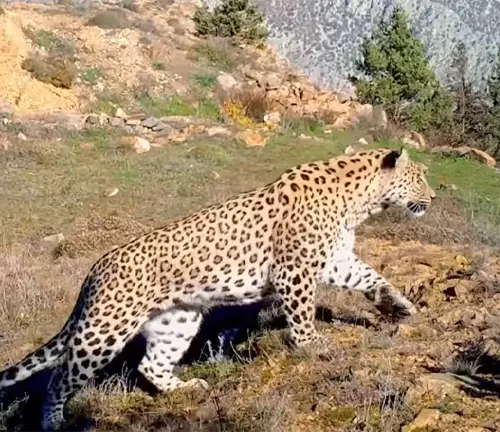
Despite its significance, the Anatolian Leopard faces numerous threats, including habitat loss, poaching, and human-wildlife conflict, pushing it to the brink of extinction. Efforts to conserve this iconic species are underway, but continued collaboration and dedication are essential to ensure its survival for future generations to appreciate and admire.
| Specifications | Details |
|---|---|
| Scientific Name | Panthera pardus tulliana |
| Common Names | Anatolian Panther, Anatolian Jaguar |
| Habitat | Forests, Mountains, Grasslands |
| Distribution | Anatolian Peninsula, Turkey |
| Coat Color | Golden-yellow with rosettes and spots |
| Size | Medium-sized |
| Weight | 50 to 90 kilograms (males larger) |
| Hunting Behavior | Solitary, Nocturnal, Stealthy |
| Diet | Deer, Wild Boar, Small Mammals |
| Conservation Status | Critically Endangered |
| Threats | Habitat Loss, Poaching, Human-Wildlife Conflict |
| Conservation Efforts | Habitat Preservation, Anti-Poaching Measures, Community Awareness Programs |
| Cultural Significance | Mythology, Folklore, Symbol of Power and Mystery |
| Population Estimate | Less than 300 individuals remaining in the wild |
The Anatolian Leopard, also known as the Anatolian panther or Anatolian jaguar, is a subspecies of leopard native to the Anatolian Peninsula in Turkey.
Habitat and Distribution

The Anatolian Leopard, also known as Panthera pardus tulliana, is primarily found within the Anatolian Peninsula, situated in Turkey. This elusive subspecies of leopard occupies a variety of habitats within its range, including forests, mountainous regions, and grasslands. These diverse habitats offer the Anatolian Leopard ample opportunities for hunting and establishing territories. However, due to factors such as habitat loss, fragmentation, and human encroachment, the Anatolian Leopard’s distribution has become increasingly restricted. Conservation efforts aimed at preserving its remaining habitats and mitigating human-wildlife conflicts are crucial for the survival of this critically endangered species.
A Closer Look at Its Coat and Coloration
The Anatolian Leopard, a subspecies of leopard native to the Anatolian Peninsula in Turkey, possesses a coat that is both mesmerizing and crucial for its survival in the wild.
A Marvel of Nature’s Design
The coat of the Anatolian Leopard is a masterpiece of evolution, perfectly adapted to its surroundings. Predominantly golden-yellow in color, the leopard’s coat is adorned with distinctive rosettes and spots. These markings serve as camouflage, allowing the leopard to blend seamlessly into its natural habitat, whether it’s the dense forests, rugged mountains, or sprawling grasslands of Anatolia.
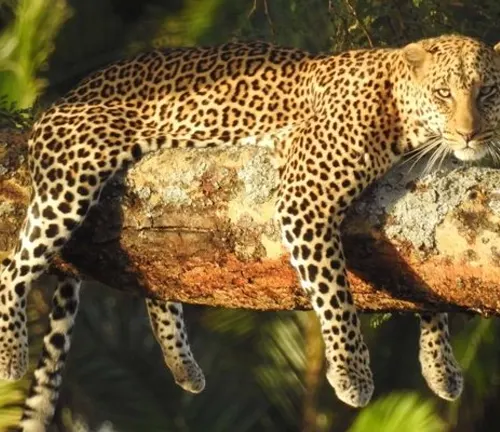
Blending In for Survival
The golden-yellow hue of the Anatolian Leopard’s coat provides excellent camouflage in the dappled sunlight filtering through the trees or the golden grass of the savannah. The dark spots and rosettes break up the leopard’s outline, making it nearly invisible to unsuspecting prey and potential predators alike.
Understanding the Anatomy of the Anatolian Leopard
In addition to its remarkable coat, the Anatolian Leopard boasts impressive physical attributes, including its size and weight.
Medium-Sized Big Cat with Remarkable Agility
The Anatolian Leopard falls into the category of medium-sized big cats. While not as large as its African cousins, it is still a formidable predator in its own right. Adult males typically measure around 1.5 to 2.1 meters in length from nose to tail, while females are slightly smaller. Their sleek, muscular bodies are built for speed and agility, allowing them to navigate the rugged terrain of their habitat with ease.
Striking a Balance Between Power and Grace
Adult Anatolian Leopards typically weigh between 50 to 90 kilograms, with males being larger and heavier than females. This weight range enables them to take down prey that ranges from small mammals to larger ungulates like deer and wild boar. Despite their size, Anatolian Leopards are incredibly agile climbers and can haul their kills into the safety of trees to avoid scavengers and other predators.
Behavior and Diet
Unraveling the Mysteries of the Anatolian Leopard
The Anatolian Leopard, Panthera pardus tulliana, is not only known for its striking appearance but also for its fascinating behavior and dietary habits. Let’s delve into the intricacies of how these magnificent creatures behave and what fuels their survival in the wild.
Solitary and Stealthy Predators
Anatolian Leopards are solitary creatures, preferring to roam and hunt alone rather than in groups. Their solitary nature allows them to minimize competition for resources and maintain control over their territories. These elusive big cats are primarily nocturnal, meaning they are most active during the cover of darkness. This nocturnal behavior helps Anatolian Leopards avoid the scorching heat of the day and increases their chances of ambushing prey under the veil of night.
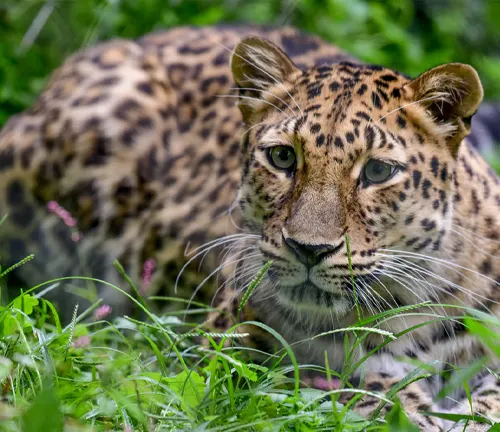
Masters of Stealth and Precision
When it comes to hunting, Anatolian Leopards are masters of stealth and precision. They rely on their keen senses of sight, hearing, and smell to locate potential prey. Once a target is spotted, the leopard will stealthily stalk its prey, using the element of surprise to launch a swift and deadly attack. Their powerful jaws and retractable claws enable them to quickly dispatch their prey with a single well-placed bite or swipe.
Diet: A Varied Menu of Meat
Anatolian Leopards are carnivores, meaning their diet consists primarily of meat. They are opportunistic hunters, capable of preying on a wide range of animals depending on availability and habitat. Common prey species for Anatolian Leopards include deer, wild boar, goats, and smaller mammals like hares and rodents. These versatile predators are known to adapt their hunting strategies to target different prey species, demonstrating remarkable intelligence and adaptability in their quest for sustenance.

Preserving the Anatolian Leopard for Future Generations
The Anatolian Leopard, Panthera pardus tulliana, is facing a dire conservation status, with its population dwindling to critically endangered levels. Let’s explore the various threats that endanger the survival of this majestic big cat and the efforts being made to ensure its conservation.
Threats: Facing an Uphill Battle Against Human Activities
The primary threats to the Anatolian Leopard stem from human activities and encroachment on its natural habitat. Habitat loss and fragmentation due to deforestation, agricultural expansion, and urbanization have significantly reduced the available living spaces for Anatolian Leopards. As their habitats shrink, these magnificent creatures are forced into closer proximity to human settlements, leading to increased conflicts with humans and livestock.
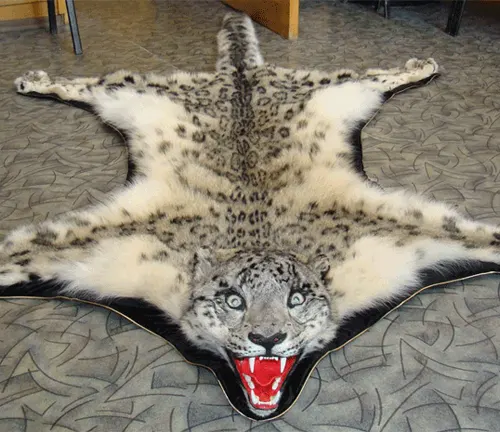
Poaching: A Deadly Threat to Endangered Species
Poaching poses another significant threat to the Anatolian Leopard population. Despite legal protections and conservation efforts, these elusive big cats are still targeted by poachers for their pelts, bones, and other body parts, which are highly valued in illegal wildlife trade markets. Poaching not only directly reduces the population of Anatolian Leopards but also disrupts their social structure and genetic diversity, further endangering their survival.
Conservation Efforts: A Beacon of Hope for Anatolian Leopards
Despite the challenges they face, there is still hope for the conservation of Anatolian Leopards. Conservation organizations, government agencies, and local communities are actively working together to protect and preserve the remaining habitats of these iconic big cats. Conservation efforts include habitat restoration, anti-poaching patrols, community education and awareness programs, and the establishment of protected areas and wildlife reserves.
Habitat Preservation: Safeguarding Critical Ecosystems
Preserving and restoring the Anatolian Leopard’s natural habitat is essential for its long-term survival. Efforts to designate protected areas, establish wildlife corridors, and promote sustainable land use practices are crucial for ensuring the availability of suitable habitats for Anatolian Leopards and other wildlife species.
Anti-Poaching Measures: Combating Illegal Wildlife Trade
To combat poaching, rigorous enforcement of wildlife protection laws and regulations is necessary. This includes increased patrols, surveillance, and intelligence-gathering efforts to apprehend poachers and dismantle illegal wildlife trafficking networks. Additionally, community engagement and cooperation are essential for gathering information and raising awareness about the importance of protecting Anatolian Leopards and their habitats.
Different Species
African Leopard
(Panthera pardus pardus)
Found throughout sub-Saharan Africa, the African Leopard is one of the most widely distributed subspecies of leopard. It exhibits a wide range of coat variations, adapted to the diverse habitats it occupies.
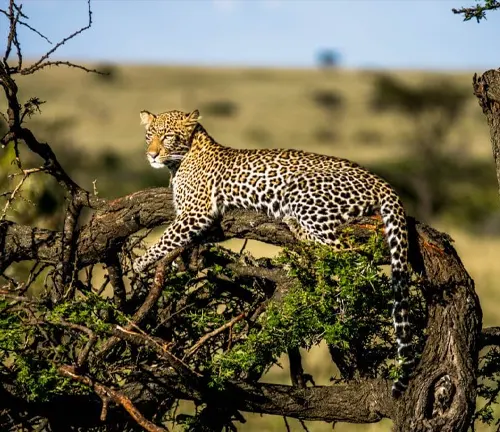
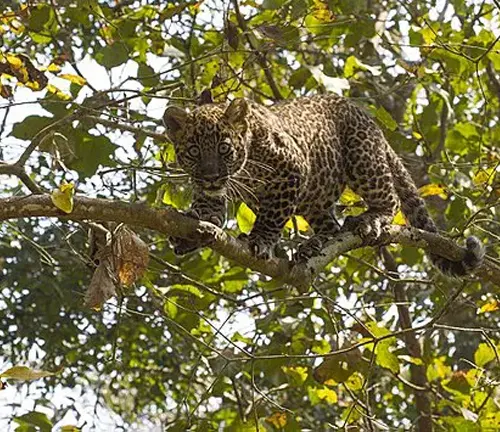
Indian Leopard
(Panthera pardus fusca)
Native to the Indian subcontinent, the Indian Leopard is known for its smaller size and lighter coat compared to other leopard subspecies. It is found in a variety of habitats, including forests, grasslands, and even urban areas.
Arabian Leopard
(Panthera pardus nimr)
Endemic to the Arabian Peninsula, the Arabian Leopard is one of the rarest and most endangered subspecies of leopard. It is adapted to arid and mountainous habitats and faces severe threats from habitat loss and poaching.
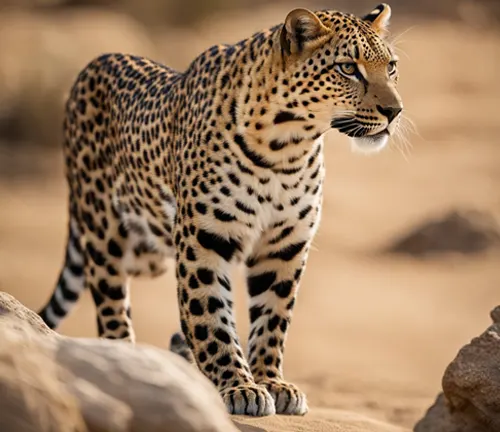
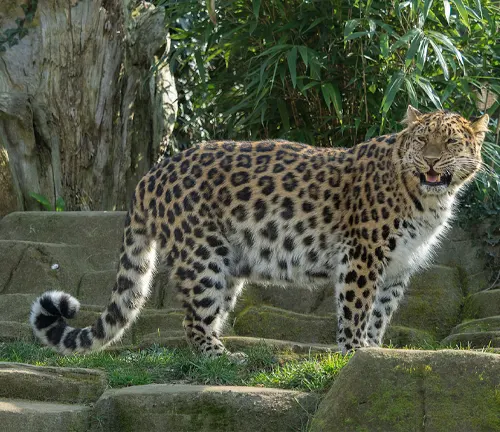
Amur Leopard
(Panthera pardus orientalis)
Found in the temperate forests of the Russian Far East, the Amur Leopard is one of the most critically endangered subspecies of leopard, with only a few dozen individuals remaining in the wild. It is known for its thick, luxurious coat and large size.
Sri Lankan Leopard
(Panthera pardus kotiya)
Endemic to the island of Sri Lanka, the Sri Lankan Leopard is a distinct subspecies known for its relatively small size and bold rosette patterns on its coat. It inhabits a variety of habitats, including tropical forests and grasslands.
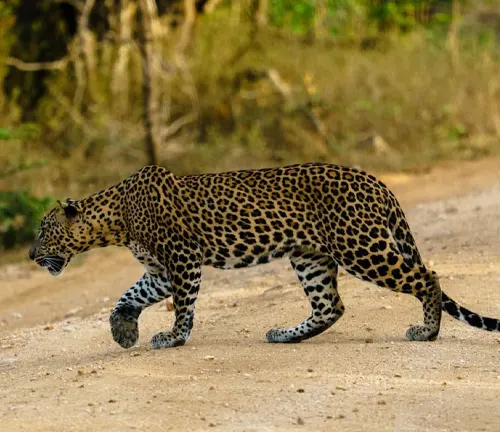
Frequently Asked Questions (FAQs)
- Are Anatolian Leopards endangered?
Yes, Anatolian Leopards are critically endangered with only a few individuals remaining in the wild. - What is the Anatolian Leopard’s habitat range?
Anatolian Leopards primarily inhabit the Anatolian Peninsula in Turkey, encompassing various habitats such as forests, mountains, and grasslands. - What do Anatolian Leopards eat?
Anatolian Leopards are carnivores, primarily preying on animals such as deer, wild boar, goats, and smaller mammals like hares and rodents. - Why are Anatolian Leopards important?
Anatolian Leopards play a crucial role in maintaining the balance of their ecosystems as top predators. They also hold cultural significance in Anatolian mythology and folklore. - What are the main threats to Anatolian Leopards?
The main threats to Anatolian Leopards include habitat loss, fragmentation, poaching, and human-wildlife conflicts. - What conservation efforts are being made to protect Anatolian Leopards?
Conservation efforts include habitat preservation, anti-poaching measures, community education, and awareness programs, as well as the establishment of protected areas and wildlife reserves. - How many Anatolian Leopards are left in the wild?
Exact numbers are uncertain, but it’s estimated that there are less than 300 Anatolian Leopards remaining in the wild. - Can Anatolian Leopards be reintroduced into the wild?
Reintroduction efforts would require extensive planning and habitat restoration, but it remains a possibility for their conservation. - What role do Anatolian Leopards play in their ecosystems?
Anatolian Leopards play a crucial role in regulating prey populations and maintaining ecosystem balance, contributing to biodiversity conservation. - How can individuals contribute to Anatolian Leopard conservation?
Individuals can support conservation efforts by raising awareness, supporting organizations working to protect Anatolian Leopards, and practicing responsible eco-tourism in their habitats.


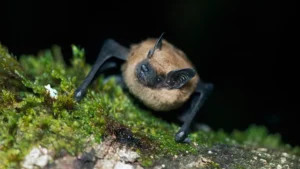
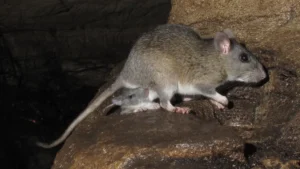


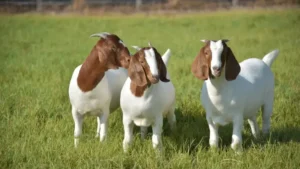


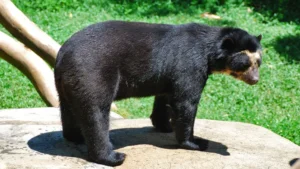


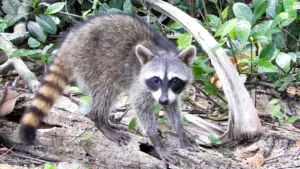

Leave your comment